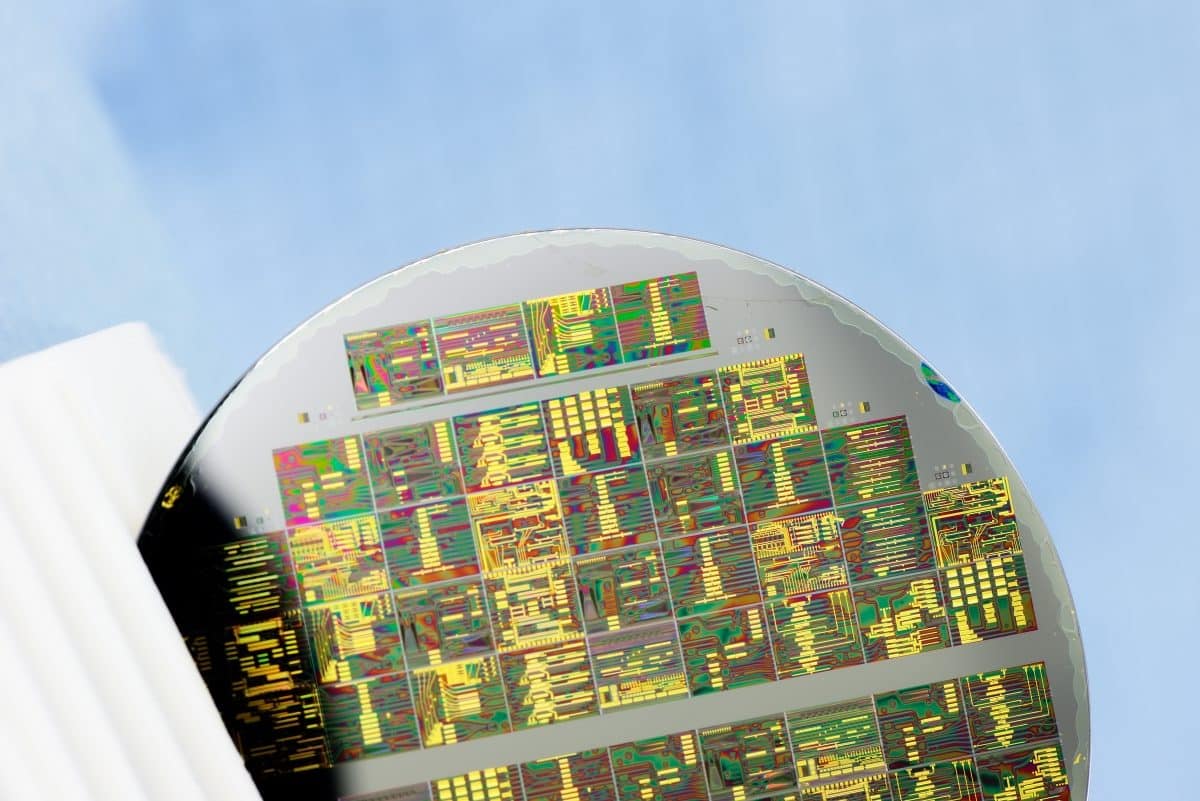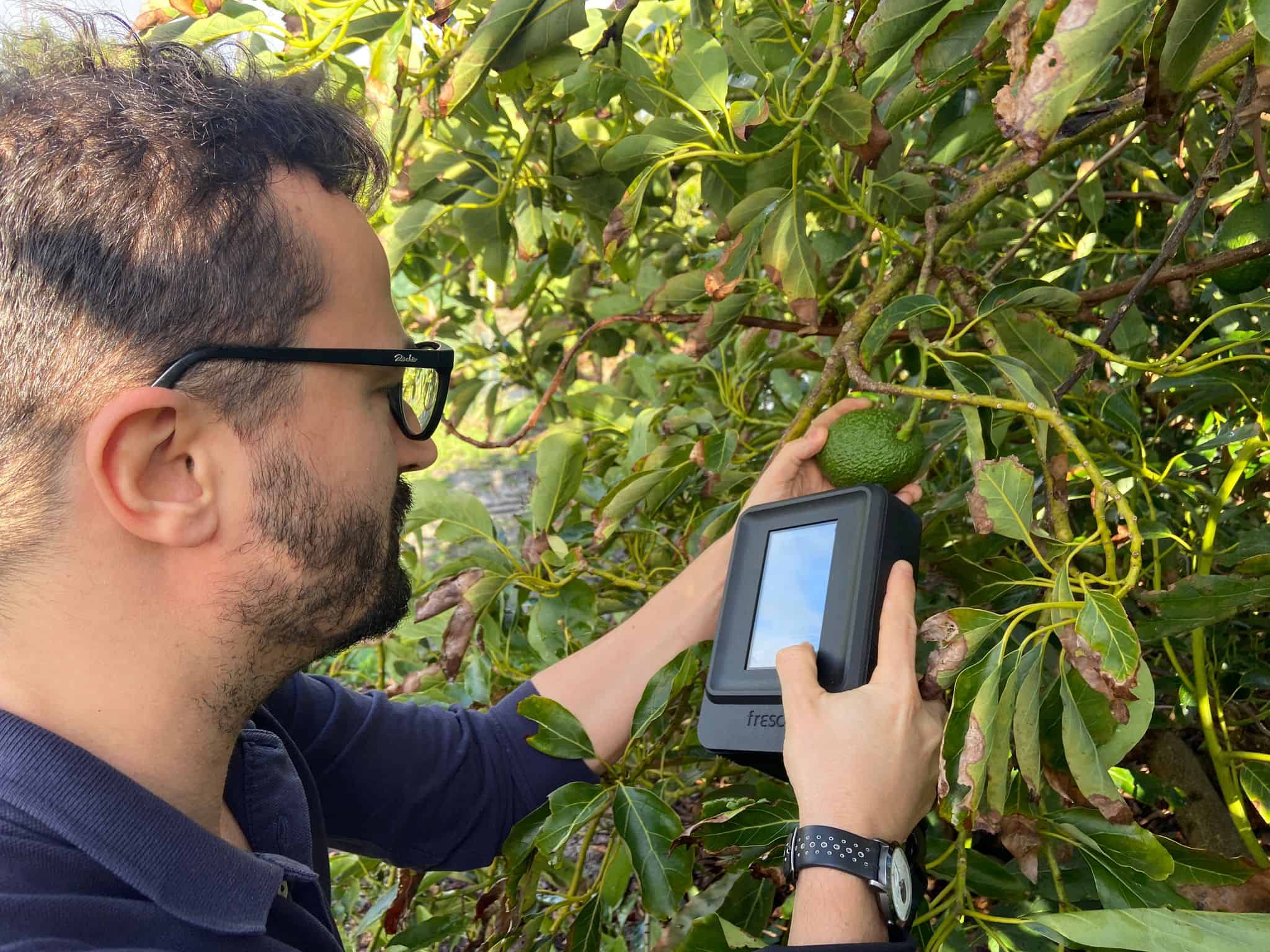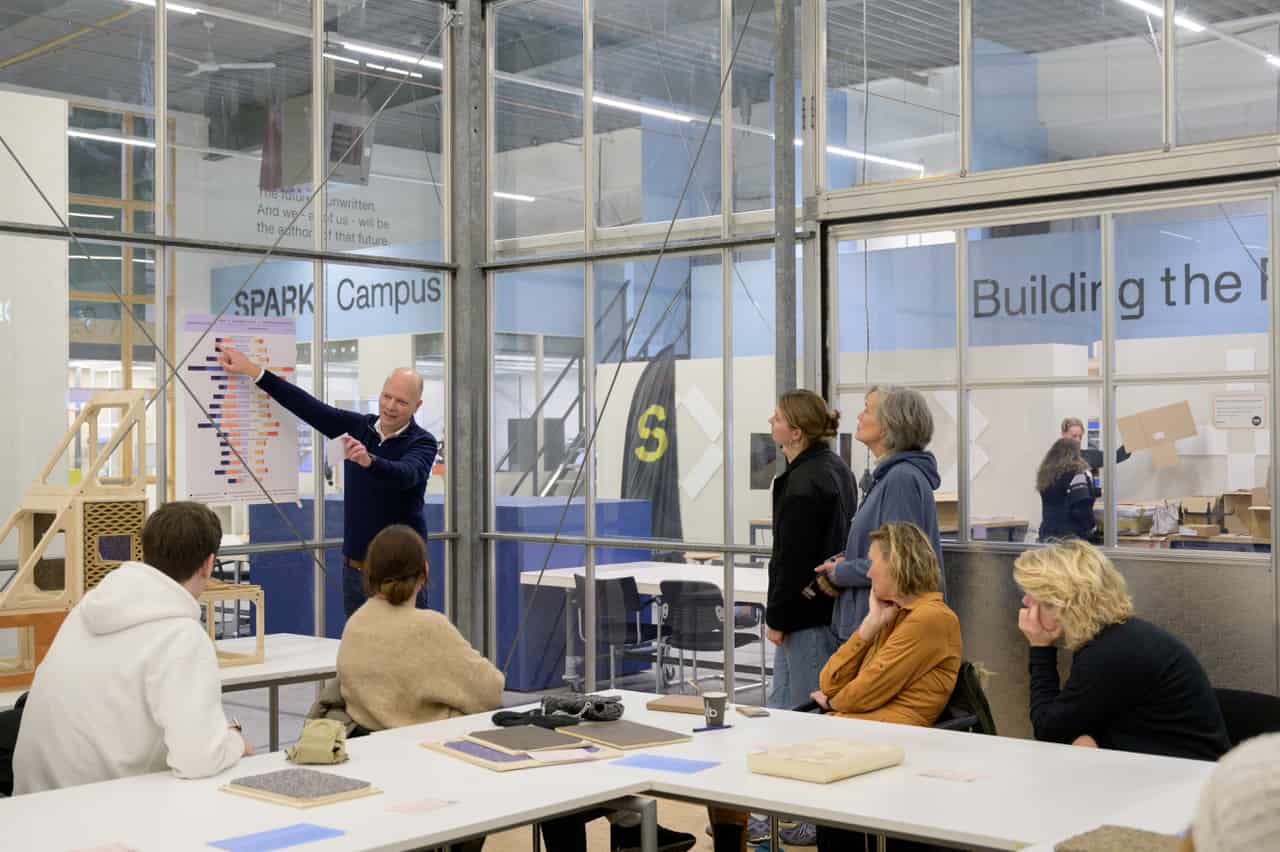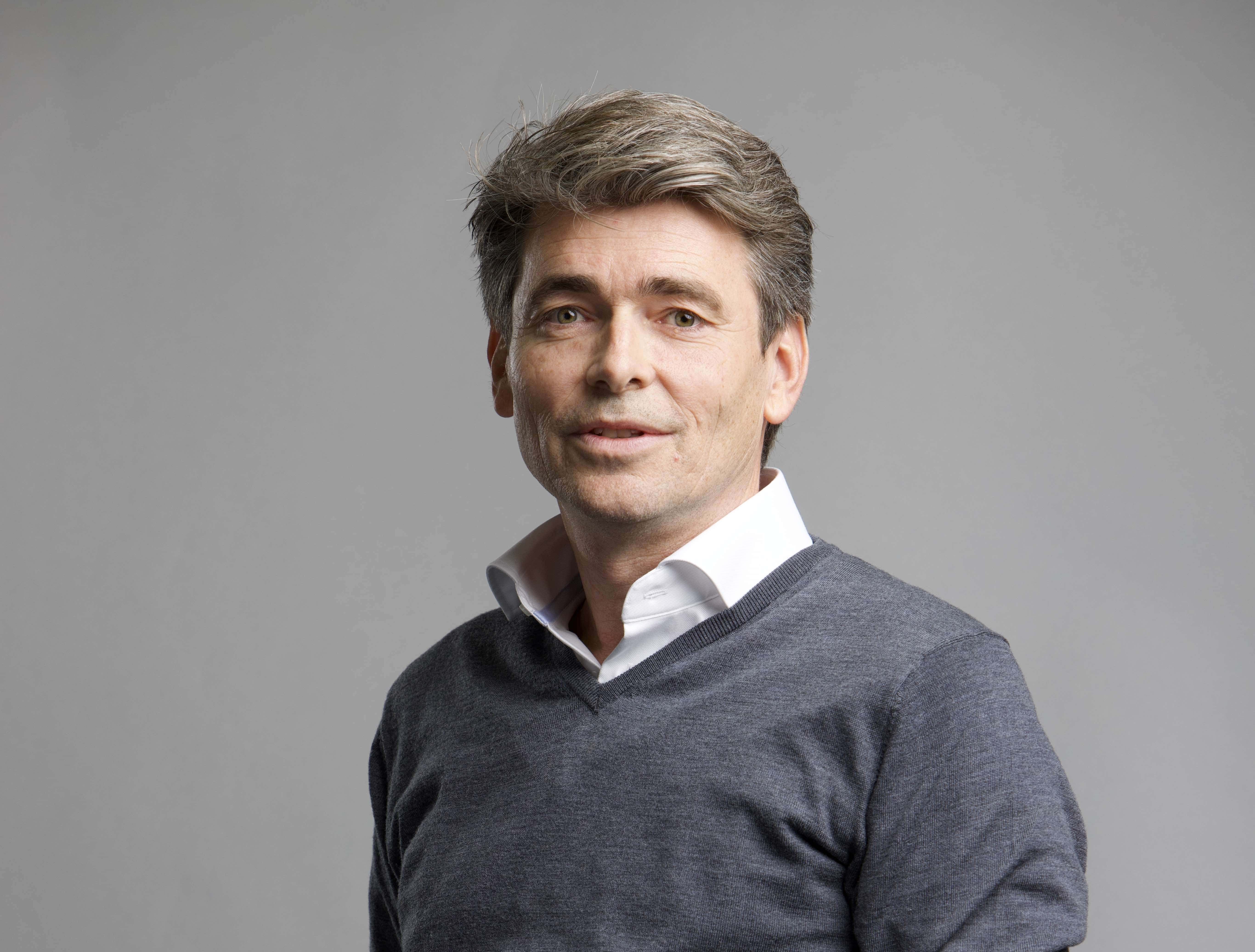
Faster diagnoses in healthcare and sensors that keep fruit fresh for longer. These are two applications for integrated photonics, an emerging lighting technique. Continued development of this technology will require a stronger connection between the technology and the market. PhotonDelta is the network that takes care of this in the Netherlands. Companies, educational institutions and end users are working together on solutions for the market.
The PhotonDelta foundation was awarded 236 million euros by a financial covenant towards the end of last year. This is how the ecosystem around integrated photonics in the Netherlands is supported so that it is able to continue to grow. The goal is to have at least 25 companies employing 4000 people by 2026. These companies will collectively generate a turnover of more than €1 billion. About four hundred employees are currently working with the technology at the moment. “It’s a big challenge,” admits Giuseppe Coppola, corporate strategist at PhotonDelta. Though he believes it is certainly possible. “Integrated photonics is a promising technology and we are still leading the world in certain areas. Integrated photonics is a technology whereby microchips work using light instead of electricity, known as ”Photonics Integrated Circuits (PICs).” These are much smaller, cheaper and more reliable than non-integrated photonics and optical components.
Want to know more about the mission and vision of PhotonDelta? Read about the new direction the organization has taken here.
Making connections
This does mean that connections must be made between a wide range of parties. “We bring people from various disciplines together so that we can come up with innovative solutions.” The organization tries to achieve this in several ways, depending on the requirements of the business community. “We are building on one-to-one relationships between the suppliers of integrated photonics and our customers. These are companies in various sectors that are using integrated photonics in their end product or their services. “We try to build up long-term collaboration with them this way in the form of a partnership.” If a company has an idea about an application for photonics, they are invited to contribute it to a bootcamp. During this 3-day event, students from the technical universities develop different concepts, with the aim of further cultivating the company’s thought process.
Lastly, the organization also works with so-called application labs. “We want to further develop the technology by working with experts and end users during an early phase of product development,” Coppola says. The first step is to understand the needs of the various experts in a variety of fields. For example, researchers and physicians who use image technology for making medical diagnoses. “We are all examining the shortcomings of the technologies that they are currently using. This allows us to focus on our search for better, practice-oriented solutions for the future,” Coppola explains.
Innovating together
“The experts are going to think up completely new applications together with companies and end users. Not indiscriminately, but with a focus on a specific field which has market potential.” According to Coppola, the application labs have been set up as an environment where participants are able to explore the possibilities of integrated photonics. They will also be able to experiment with the technology. It’s not always about physical locations, but also about virtual situations where people work together on prototypes.
“Creative discussions that occur in these application labs are highly valuable for innovation.” Ideas that have potential are able to be further developed here by companies. “This can lead to a new start-up or spin-off from a university or an existing company”, says Coppola. “We use application labs as a way to stimulate growth and expansion of companies and to bring new ideas and products around integrated photonics to the market more quickly.” PhotonDelta can also offer support in the further development of a company at that stage. For example, they provide capital for companies and R&D projects, such as research into the latest generation of chips for the aerospace industry.
Substantial need for innovation in healthcare
For the time being, the organization’s application labs are mainly focused on healthcare and agrifood. These are two sectors that must undergo drastic changes as a result of rising costs and population growth. Exploratory research into medical healthcare has already started in the labs, and agrifood will follow later this year. “Healthcare costs must be brought down. As well as that, there is a trend towards decentralization of healthcare and a demand for more preventive care. Fast, accurate diagnoses in people’s homes are the future,” says Coppola. “Medical devices need to be much smaller and cheaper for home use and at the same time be able to take sufficiently accurate measurements.”
Integrated photonics will be able to contribute to this. With the Optical Coherence Tomography (OCT), for instance. This is a device that makes accurate images of the human body. It can be used for a variety of applications in order to make accurate diagnoses, for example in ophthalmology, dermatology and cardiology. “Also, incorporating integrated photonics will make the device much smaller and cheaper, making it suitable for use not only in hospitals but also in ambulances and GP centers. In the future, this could even be done in people’s own homes.”
Efficient food production
Integrated photonics can also make a difference to biosensors. “For example, you can measure the ripeness of a fruit with a sensor that uses light technology. Processes can be further automated and optimized by using this technique; fruit can be picked at the right time,” explains Coppola. The sensors are also able to offer added value after the harvest. “Fresh fruit and vegetables are often stored and moved around in large containers. There is no control over parameters such as oxygen and temperature levels”, he continues. “The more accurately that these are measured and controlled, the longer the fruit remains intact and less food goes to waste.” These are examples of applications that could be further developed in these labs.
“We are offering our expertise on the technology, yet companies are putting the products on the market which are manufactured on that basis.” This will involve various products in different markets in the long term. ” This will result in major changes and innovations in society that will be able to be used anywhere in the world.”








